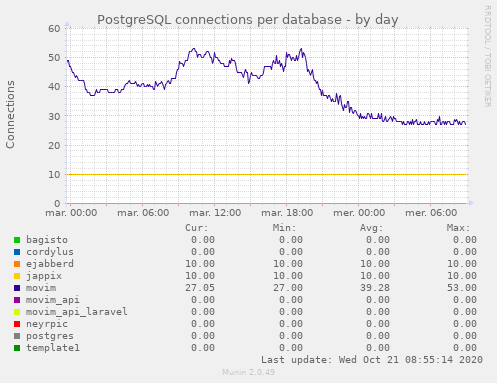-
In
chevron_right
Toad Data Studio manages SQL, NoSQL, and cloud databases
pubsub.slavino.sk / infoworldcom · Thursday, 18 January - 10:00 edit
Systems management and security software provider Quest Software is shipping Toad Data Studio, a platform for streamlining database management in heterogeneous relational and NoSQL database environments.
Announced January 17, Toad Data Studio allows users to manage nearly any database platform in their environment including cloud and on-premises sources and relational, NoSQL, and data warehouse sources, Quest Software said. A free trial is offered.
Toad Data Studio features an advanced SQL editor, SQL and DDL generation, and the ability to edit JSON and XML fields directly within table fields or in their own separate editing window. Users can compare data results across different queries or between different environments, either on the fly or through automated workflows, and develop desktop automations for routine tasks.
To read this article in full, please click here




